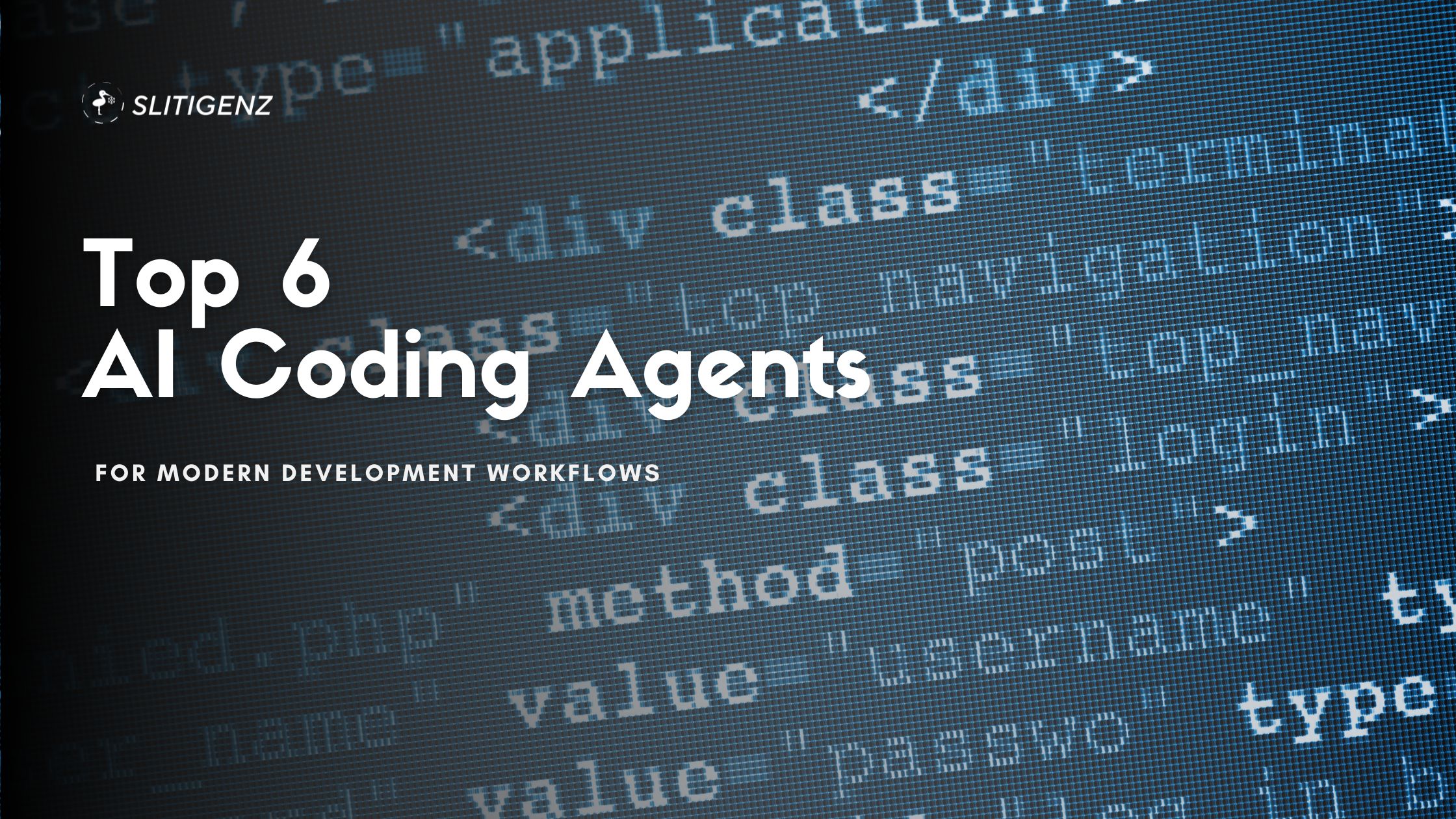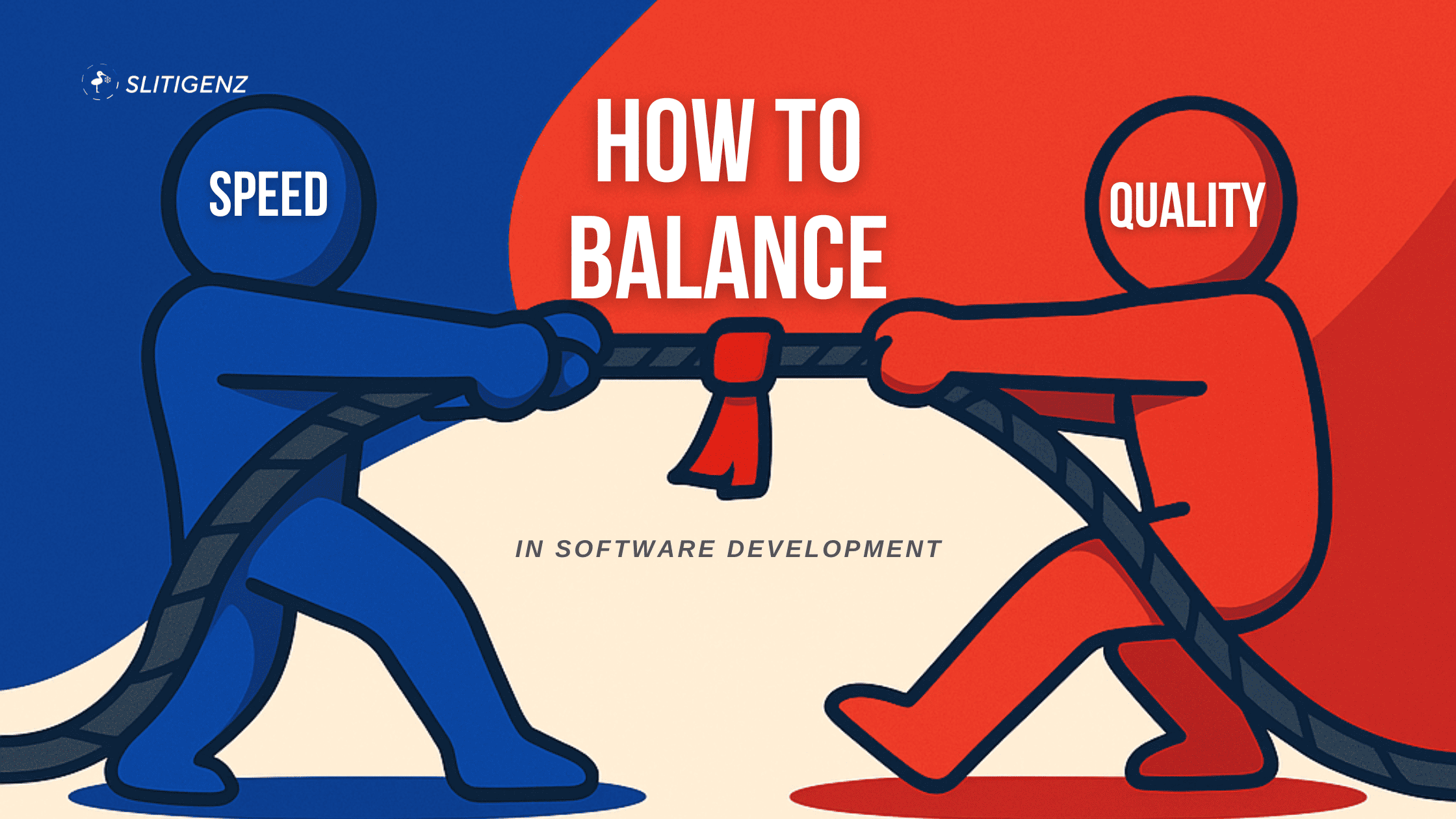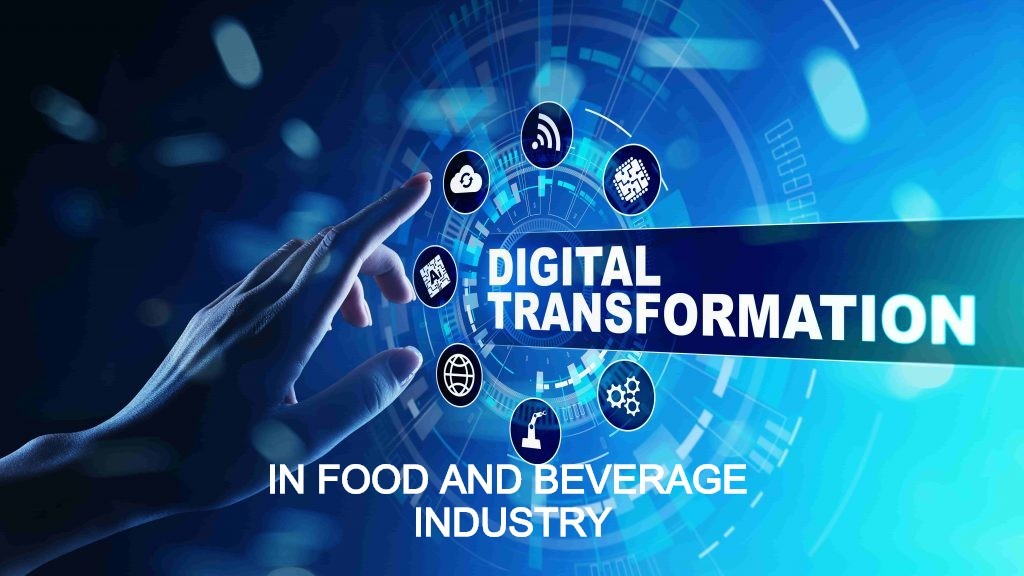According to Prophet’s research, there are six distinct phases of digital maturity that can be applied to F&B operations. The placement of your organization along this linear progression is contingent upon your digital objectives and the extent to which you are actively working towards them.
It is important to note that achieving a high level of digital maturity, such as stage #5, cannot be accomplished by a single facet of your business while other areas remain stuck at stage #1. This is not a feasible approach.
To effectively succeed in digital transformation within the F&B industry, it is imperative to garner support from upper management, colleagues, and employees alike. Additionally, a multi-disciplinary approach that integrates leadership, personnel, technology, processes, data, and analytics is necessary.
Let us now closely examine each of the six stages of digital transformation in F&B, and discuss how to effectively navigate through them by incorporating “people”, “processes”, and “analytics” strategies. This breakdown will be provided below the roadmap infographic.

Stage #1 Business as usual
The current approach is characterized by a predictable legacy perspective that influences all aspects of your operations, including menu engineering, scaling, and expansion of F&B locations. This mindset can be described as a “we’ve always done it this way” mentality that may hinder innovation and progress.
Leadership & People: As a leader, it is crucial to proactively educate and highlight success stories of digital transformation (DT) in the F&B sector. This can be achieved by showcasing case studies of competitors who have embraced DT initiatives and demonstrating the benefits of early investment in such endeavors to top management.
Tech & Processes: An evaluation of your existing technology and processes is essential. Are you utilizing outdated legacy systems that isolate your data? Do your technological solutions suffer from bloat and inefficiencies? Are your processes error-prone, resulting in unnecessary costs? These are critical questions that need to be addressed.
Data & Analytics: To make informed decisions in the F&B industry, it is imperative to have data-driven insights. Are you leveraging data to its fullest potential? Are there any gaps in the data you are collecting that need to be addressed?
When considering your F&B operations, it is crucial to recognize that legacy ERP-based technology may result in data-rich but information-poor (DRIP) outcomes. This highlights the need for an AI-ready restaurant management platform to optimize your operational ecosystem and drive meaningful insights from your data.
Stage #2 Present & active
As your F&B operation begins to recognize the advantages of digital transformation, including the integration of AI-supported technology and processes, pockets of innovation are emerging. Examples of these innovations include digitizing stock-taking or procurement based on sales forecasts.
Leadership & People: Leverage these pockets of innovation to create compelling case studies. Consider inviting guest speakers to educate other executives on the benefits of digital transformation. Additionally, assemble a dedicated team to map out a comprehensive roadmap for digital transformation, encompassing F&B processes, technology, and potential organization-wide projects.
Tech & Processes and Data & Analytics: Implement back-of-house technology specifically designed for data collection at select locations to identify potential gaps in your operations.
Select one location to undergo a thorough process overhaul, carefully tracking performance and monitoring changes in food cost percentage, inventory variance, and food wastage levels. Utilizing tools such as Apicbase can streamline and automate time-consuming tasks in your F&B operations, such as inventory tracking.
Stage #3 Formalised
The pivotal point of real change in digital transformation (DT) for the F&B industry is often initiated by a change agent, typically a cost-conscious COO or a high-level F&B executive. Despite operating on tight budgets, tangible results must be achieved swiftly.
Leadership & People: Formalize your DT efforts by assembling a dedicated team. Overcome objections from top brass and secure budgets for pilot programs by partnering with HR, finance, and IT departments to create a multi-disciplinary team.
Tech & Processes: Begin the process of replacing legacy technology, such as modified ERPs and point solutions, with platform-based solutions that can seamlessly connect various back-of-house (BoH) operations.
Implement technology solutions that can communicate with each other. For example, utilizing Apicbase can involve integrating with your HR systems to optimize shift scheduling and reduce labor costs, or connecting with your POS system for data-driven planning and forecasting.
Revamp processes with consideration for the new technology in use. Automate tasks wherever possible, introduce digitally forward processes, and eliminate outdated practices. Apicbase can serve as a valuable tool, acting as a “Rosetta Stone” that automatically translates recipes into bills of materials (BOMs) based on desired quantities, which are then transformed into accurate purchase orders.
Data & Analytics: Identify gaps in data measurement and take steps to close them, including areas such as recipes, stock, and sales. With technology now automating complex manual calculations, such as actual food costs or bills of materials, collaborate with IT and other departments to create a customized analytics dashboard tailored to your F&B operation’s specific needs.
Stage #4 Strategic
The pivotal point of real change in digital transformation (DT) for the F&B industry is often initiated by a change agent, typically a cost-conscious COO or a high-level F&B executive. Despite operating on tight budgets, tangible results must be achieved swiftly.
Leadership & People: Formalize your DT efforts by assembling a dedicated team. Overcome objections from top brass and secure budgets for pilot programs by partnering with HR, finance, and IT departments to create a multi-disciplinary team.
Tech & Processes: Begin the process of replacing legacy technology, such as modified ERPs and point solutions, with platform-based solutions that can seamlessly connect various back-of-house (BoH) operations.
Implement technology solutions that can communicate with each other. For example, utilizing Apicbase can involve integrating with your HR systems to optimize shift scheduling and reduce labor costs, or connecting with your POS system for data-driven planning and forecasting.
Revamp processes with consideration for the new technology in use. Automate tasks wherever possible, introduce digitally forward processes, and eliminate outdated practices. Apicbase can serve as a valuable tool, acting as a “Rosetta Stone” that automatically translates recipes into bills of materials (BOMs) based on desired quantities, which are then transformed into accurate purchase orders.
Data & Analytics: Identify gaps in data measurement and take steps to close them, including areas such as recipes, stock, and sales. With technology now automating complex manual calculations, such as actual food costs or bills of materials, collaborate with IT and other departments to create a customized analytics dashboard tailored to your F&B operation’s specific needs.
Stage #5 Converged
At this stage, the Chief Digital Transformation Officer (CDTO) has earned a prominent position at the executive table, as digital technology now serves as the backbone of the organization’s operations. New roles are being introduced, and the entire operation is leveraging data-rich information to guide decision-making.
Leadership & People: Change agents and early sponsors of digital transformation have now assumed leadership roles in shaping the operational strategy. The objective is to identify synergies between pilot programs, connect the dots in the digital landscape, and facilitate the smooth rollout of the digital strategy.
New hires should possess digital literacy and support the new digital infrastructure, including roles such as AI and machine learning experts, innovators, and futurists.
Tech & Processes: All technology in use at this stage is cloud-based, blurring the line between technology and processes, as most actions do not require manual execution and monitoring, but rather approval.
For instance, Apicbase can detect the required ingredient levels for pasta Bolognese, automatically create a bill of materials, calculate quantities, choose the best vendor based on packaging options and lead times, and generate a purchase order ready for approval.
Data & Analytics: Begin testing a process that leverages data from disparate sources, both internal (such as vendors and recipes) and external (such as current events and weather), to make more accurate business predictions.
Layering AI and machine learning on top of your technology and data can assist your back-of-house (BoH) operations in automating more complex actions, such as automatic vendor selection and making informed judgement calls on vendor choices.
Utilize increasingly precise data and insights to experiment and develop new business models, such as implementing automated or semi-automated F&B kiosks outside main locations, introducing delivery services, expanding into cloud kitchens, and exploring similar opportunities.
Stage #6 Innovative & adaptive
In your F&B organization, constant innovation has become ingrained as a way of life. You diligently monitor industry trends, conduct pilot programs involving smart digital menus, robotized waiters, and fully automated kitchens, and scale up successful initiatives. This innovative mindset empowers you to diversify your business models and generate new revenue streams with unprecedented agility.
At stage six of your F&B digital transformation, it’s not just your F&B operations that have undergone reinvention, but your entire organization has transformed into a digitally-empowered organism. Digital transformation is now deeply embedded into the DNA of your culture, and both new and existing employees possess significant digital prowess. Your technology, processes, people, leadership, and analytics are all aligned towards the common goal of supporting innovation, experimentation, iteration, and the adoption of effective strategies while discarding what doesn’t work.
Although not every F&B operator has reached this stage yet, the team at Apicbase is committed to helping you get there by providing cutting-edge solutions and relentless efforts towards advancing your digital transformation journey.
Your F&B Digital Transformation is Around the Corner… But It Has to Start Somewhere
It is crucial to start your F&B digital transformation journey today, as you now understand that it encompasses your entire operation. This realization can be both sobering and overwhelming, especially considering that different parts of your global operations may not progress in lockstep through this process. Your customer support, HR, and marketing may be at varying stages of digital transformation, but it is your F&B operations, particularly the back of house (BoH), that should be the focus.
Whether you are a restaurant chain, a large hotel brand, or an enterprise caterer, your BoH operations hold the key to driving meaningful change and achieving tangible results. By making your BoH operations the North Star of your digital transformation journey, you can create a success story that sets the pace for the rest of your operations to follow.
It’s time to move beyond theoretical discussions and take action by investing in your digital transformation efforts. Let’s demonstrate our commitment by putting our resources where our intentions are.

AI is increasingly embedded in software engineering workflows, and selecting the right AI coding agent has become a key differentiator...

Speed and quality in software development are not mutually exclusive, but they are often in tension. Many engineering teams face...

Want to deploy a static website on AWS EC2 using Nginx in under 15 minutes? This guide will show you...

What Makes Grok-3 Stand Out? On February 18, 2025, Elon Musk and xAI officially launched Grok-3, an advanced AI model...



2 Comments
Yay google is my queen helped me to find this outstanding site! .
Thanks for paying attention to our blog. Our consultation is free so you can leave your questions here and we will try to answer them asap.